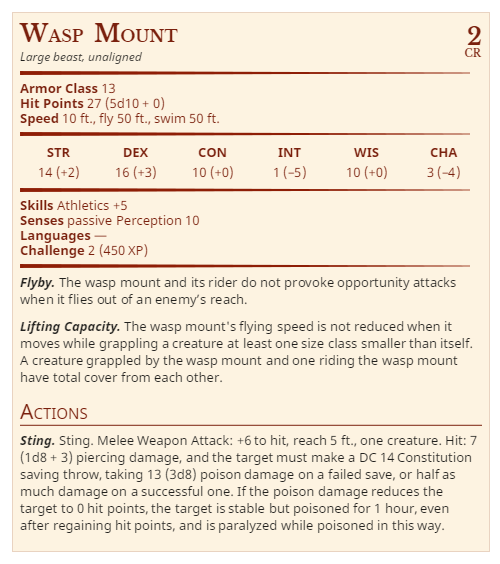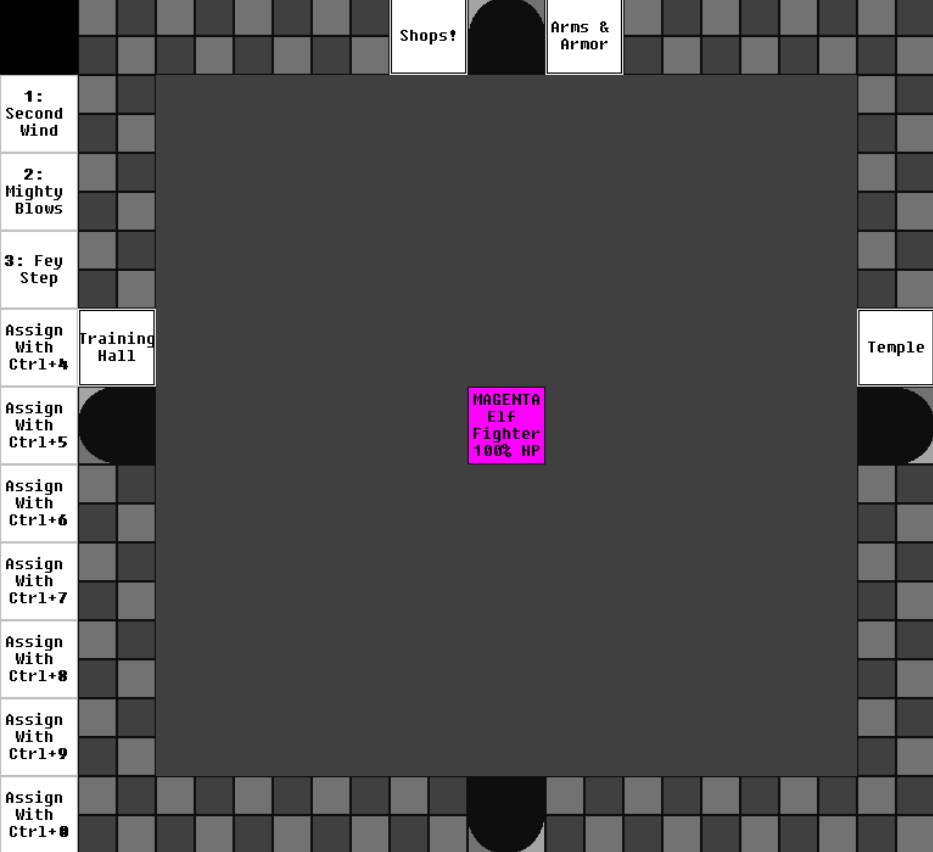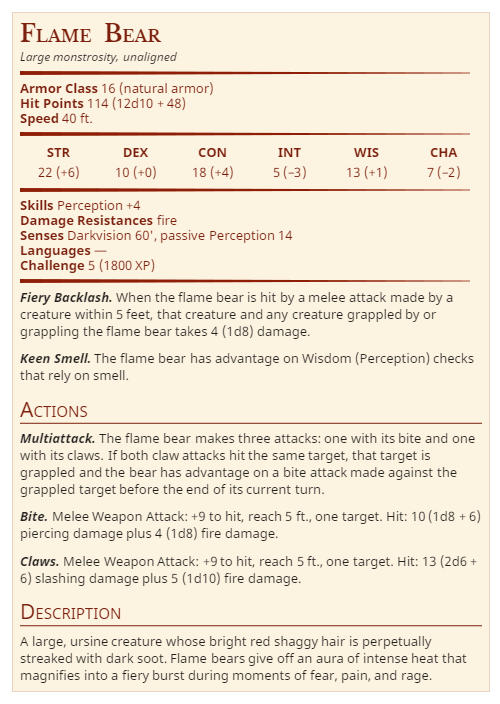The other thing that I found helpful in examining Dungeon World is the combat system, which almost doesn’t exist. That’s the part of my A Wilder World designs that most reliably falls apart, where the tension between two very different design/gameplay philosophies I am pretty passionate about reaches its breaking point.
At some point in recent months, I saw a Twitter thread where was Mike Mearls spoke about how the design paradigm for D&D shifted as things like podcasting and streaming of live games became a thing. Before that, the internet age experience of roleplaying games was based on the culture of gaming forums, which delve into crunchy minutiae and care about powergaming and balance in a very mechanistic, programmatic, nitty-gritty way that doesn’t really match up to the experience of most actual play in the wild.
With that as both the “internet focus group” for the developers and the major way for new players to encounter games, game development alternately pandered to and tried to predict and contain the theorycrafters, and the game (in my opinion) suffered for it.
But with the advent of life play streamed through people’s screens and speakers, the more open, imaginative, character/story-centric style of play that is far more typical “in the wild” became accessible to anyone. The new standard model that most new players experience is less “*snort* You put points in Charisma as a Dwarf Fighter? Your seed is weak and you will not survive the winter.” and more “Can I light the chicken on fire and shoot it out of my crossbow into the bucket of exploding sardines?”/”I don’t know, but it sounds like a good idea. Roll and find out!”
One of the key tweets in the sequence said:
This is HUGE because it shifts the design convo away from “How do we design for forum discussions?” to “How do we design for play?’
(The tweets aren’t threaded, sadly, but you can find them with this search, if you scroll down to the numbered tweets.)
My initial designs for A Wilder World were based on the assumption that I needed deep, hard mechanics and then people would adjust it for actual play at the table if they wanted to. After getting into 5th Edition, and realizing that every edition of D&D I’d played, we played it certain ways (taking the mechanical translation of spells and abilities as representative examples of the sorts of things they can do, for instance), I realized that I was more interested in designing a game that was written the way I played.
But I’ve been working with the “descriptive rather than prescriptive” approach to qualities for well over a year now, but I hadn’t ever really made peace with it until I read Mike’s thoughts and realized why 5E had triggered this decision.
And even after that, I’ve had the hardest time figuring out what to do about the combat system. The “prescriptive” draft of A Wilder World had quite a detailed one, with all sorts of damage types and conditions and maneuvers. The descriptive drafts have always tended to drift more like that when I turned to combat. I’ve always taken it as a matter of faith that combat rules have to be more complicated and nitty-gritty than everything else, in a game that models action-style combat, even as I loathe the trope of a CRPG-style freeze-and-dissolve as a tactical mini-game replaces the actual roleplaying in process.
Dungeon World comes as close to subverting that as any game I’ve seen that’s clearly modeled around emulating D&D ever has, and in fact as close as any game I’ve seen with a formal combat system at all. Dungeon World has only a small one, but it has one. It’s so unlike anything I’ve ever seen that it was really hard to get a feel for the rhythm of it, how it would play out, reading the SRD (which was why I spent so much time looking for good examples of actual play).
As small as Dungeon World’s combat system is, I do think the game itself is a bit overly formalized, with its focus on formal “moves” as the building blocks of gameplay/narrative, and character classes that progress in a special-move-based approximation of D&D character tropes. As I said in my previous post, it’s almost the kind of thing I’m looking for.
But its approach to combat, combined with the revelations from the aforementioned tweets, basically became permission to just throw out the combat minigame. The basic rhythm of the game outside of combat is: situation arises, players decide what to do about it, their own rolls, common sense, and narrative negotiation determine the outcome. Why must combat be any different? If they plan well and roll well, they escape danger. Bad rolls can result in damage, danger, or cost.
“I want to use my whip to trip up the bandit captain.” is the same type of plan/gambit that “I want to use my whip to swing across the gap.” is. If it makes sense the character could pull this off, roll for it and resolve appropriately. There’s no actual need for separate rules for hit rolls, initiative, turns, etc. If the roll goes poorly, the consequences will arise from the situation; in a combat situation, this would include the possibility of taking some hits.
And that’s really the key: treating combat as a situation rather than a system or mini-game.
The part of my brain that’s on the “forum play” mindset still resists the idea that things can be that free-form. Surely if the players don’t take advantage of it, a bad game-runner will and wipe them out. Surely if there aren’t rules built to handle things like lashing an enemy with a whip and pulling them off their feet, players won’t think to do it and the game-runner won’t know how to resolve it if they do. Surely, surely, surely…
But that part of my brain no longer registers as definitive. It’s also made me a bit freer about saying yes in games of actual D&D where, as much as I follow the “representative examples” school of thought, I am more fond of limits than my players often are, particularly when it comes to things like spells and supernatural abilities.



